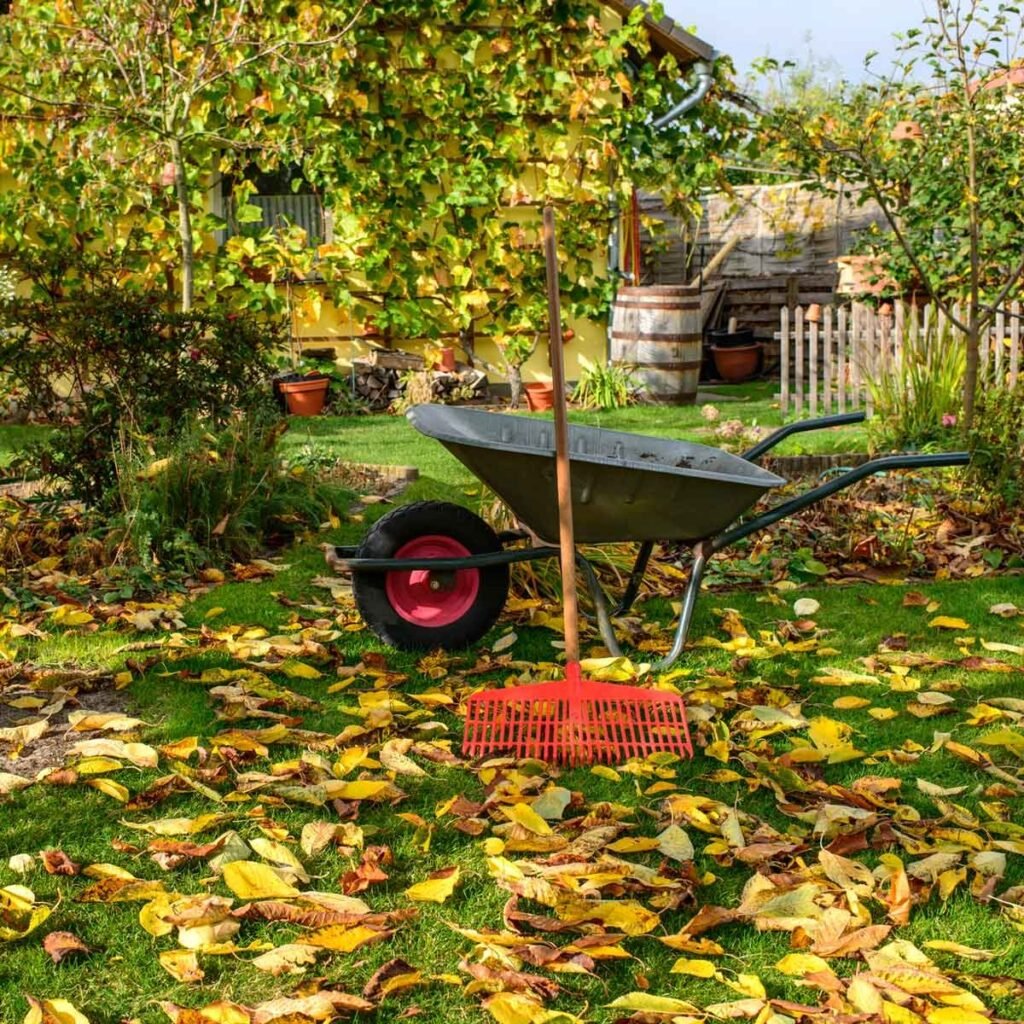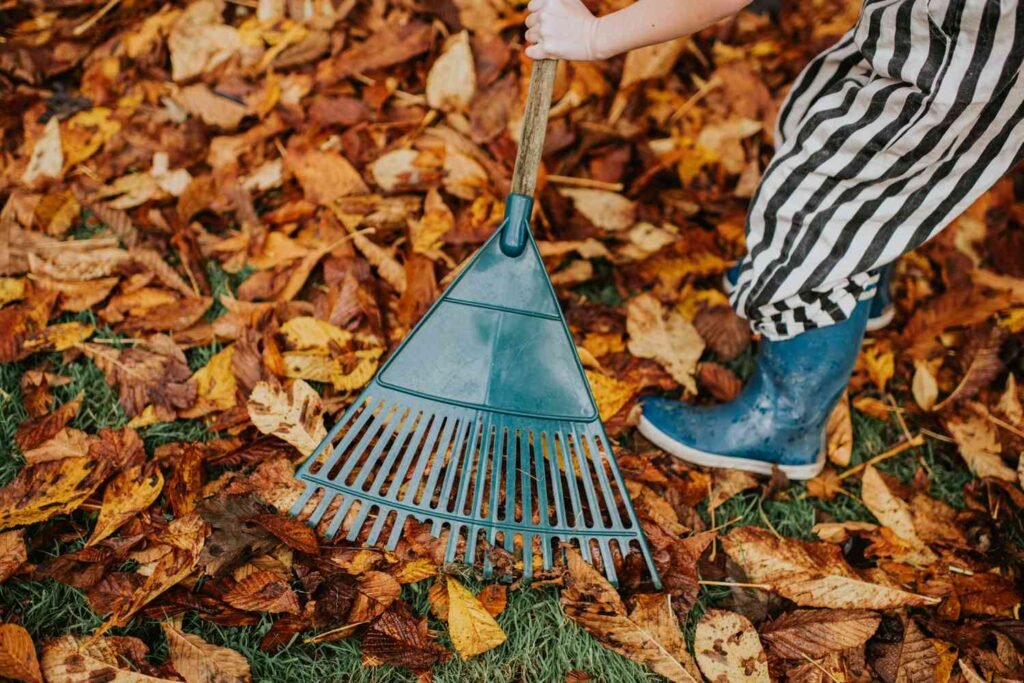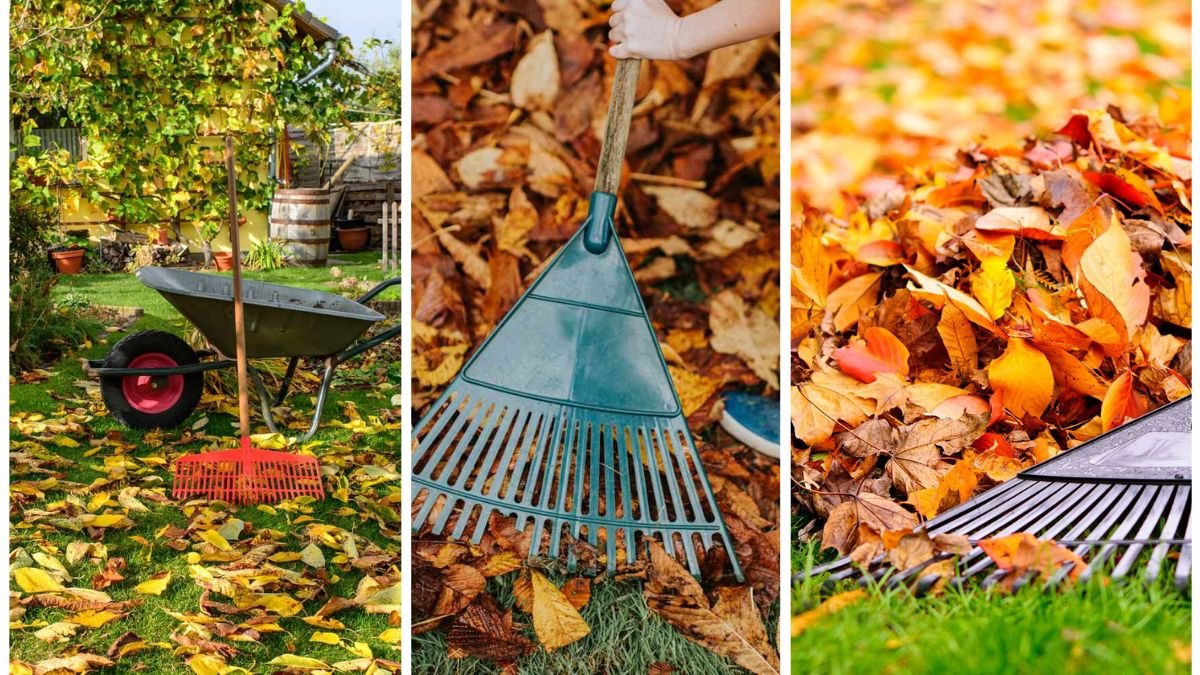As summer’s warmth begins to fade and cooler days approach, many gardeners think of winding down their gardening efforts. But fall isn’t the end of the season—it’s a crucial time to prepare your garden for the months ahead. With thoughtful planning and maintenance, you can extend your harvest, protect plants through winter, and lay the groundwork for a thriving spring.
This guide will walk you through step-by-step tips on how to prepare your garden for fall, ensuring it stays healthy, productive, and beautiful year after year.
Why Fall Preparation is Important

Preparing your garden for fall goes beyond cleaning up dead leaves. It:
- Protects plants: Helps perennials and shrubs survive the cold.
- Improves soil health: Fall is ideal for adding compost, mulch, and organic matter.
- Prevents pests and diseases: Clearing debris removes breeding grounds.
- Extends harvests: With the right crops, you can keep gardening into fall.
- Sets up spring success: Many bulbs, cover crops, and perennials are best planted in autumn.
By investing time now, you’ll save effort later and enjoy a more resilient garden.
Step 1: Clean and Clear the Garden
Remove Dead or Diseased Plants
Start by pulling out spent annuals, vegetables, and any plants showing signs of disease. Discard them instead of composting to avoid spreading problems next year.
Compost Healthy Plant Material
Leaves, stems, and other healthy organic matter can be added to your compost pile. Chop them into smaller pieces to speed up decomposition.
Rake and Collect Fallen Leaves
Leaves left on the lawn or beds can smother grass and harbor pests. Instead, shred and use them as mulch or add them to your compost.
Step 2: Improve Soil Health

Fall is the perfect season to build nutrient-rich soil.
- Add Compost: Spread 2–3 inches of compost over beds. This improves structure and provides nutrients for spring planting.
- Test the Soil: A pH and nutrient test will guide whether you need lime, sulfur, or fertilizer.
- Incorporate Organic Matter: Mix in aged manure, shredded leaves, or peat moss. They break down over winter and create fertile soil.
- Avoid Over-Tilling: Too much tilling can disrupt beneficial soil organisms.
Step 3: Mulch for Protection

Mulching is vital in fall as it:
- Insulates roots from freezing.
- Prevents soil erosion.
- Suppresses weeds.
- Maintains moisture during dry, windy months.
Use 2–4 inches of mulch around perennials, shrubs, and trees. Keep it a few inches away from stems to avoid rot.
Step 4: Extend the Growing Season
Cool-weather crops thrive in autumn.
- Plant Fall Vegetables: Kale, spinach, carrots, lettuce, radishes, and broccoli grow well in cooler temps.
- Use Row Covers or Cold Frames: These protect crops from frost, allowing harvests into late fall or even winter.
- Succession Planting: Sow crops in stages to ensure continuous harvests.
With a little effort, your garden can keep producing long after summer ends.
Step 5: Plant for Spring

Many plants benefit from fall planting.
- Spring Bulbs: Tulips, daffodils, crocus, and hyacinths establish roots before winter and bloom beautifully in spring.
- Perennials: Fall planting gives them time to develop strong roots. Examples: peonies, hostas, daylilies.
- Trees and Shrubs: Cooler weather reduces transplant stress, and moist fall soil encourages root growth.
- Garlic: Best planted in fall for a summer harvest.
Step 6: Protect Perennials and Sensitive Plants
- Cut Back Perennials: Trim back dead stems but leave seed heads for birds and beneficial insects.
- Divide Overgrown Plants: Fall is an excellent time to divide hostas, irises, and daylilies.
- Cover Tender Plants: Use mulch, straw, or burlap to shield delicate plants from harsh frost.
Step 7: Manage Pests and Diseases
Pests and fungi often overwinter in garden debris. Prevent infestations by:
- Removing diseased plants and weeds.
- Rotating vegetable crops to reduce soil-borne diseases.
- Cleaning tools with a mild bleach solution.
- Storing stakes, trellises, and pots indoors to avoid pest buildup.
Step 8: Take Care of the Lawn

A healthy lawn in fall means a lush green yard in spring.
- Rake and Aerate: Removes thatch and compaction.
- Overseed Bare Spots: Fall conditions are ideal for seed germination.
- Fertilize: A slow-release fertilizer strengthens roots for winter.
- Mow Properly: Keep grass slightly taller (about 3 inches) to protect roots.
Step 9: Prepare Tools and Equipment
Don’t forget your gardening gear:
- Clean and sharpen pruners, shears, and shovels.
- Drain hoses and irrigation systems to prevent freezing.
- Store pots, planters, and fragile items indoors.
- Oil wooden handles and metal tools to prevent rust.
Step 10: Plan Ahead for Next Year
Use fall downtime to reflect and plan:
- Garden Journal: Note what worked well and what didn’t this season.
- Sketch Layouts: Plan crop rotations, flower beds, and new additions.
- Order Seeds Early: Many catalogs open pre-orders in late fall.
Bonus: Add Beauty with Fall Plants
Your garden doesn’t need to look bare in autumn. Add seasonal interest with:
- Fall-blooming flowers: Chrysanthemums, asters, sedum, Japanese anemones.
- Colorful foliage plants: Maples, burning bush, ornamental kale.
- Decorative touches: Pumpkins, gourds, and corn stalks for seasonal charm.
Common Mistakes to Avoid
- Leaving Debris Untouched: This invites pests and diseases.
- Skipping Mulch: Plants are more vulnerable to winter damage.
- Overwatering in Cool Weather: Can lead to root rot.
- Pruning Too Late: Stimulates growth that won’t survive frost.
- Forgetting Tools: Rusty tools make spring gardening harder.
Conclusion
Preparing your garden for fall isn’t just about cleanup—it’s about setting the stage for continued growth, beauty, and productivity. From enriching soil and planting bulbs to protecting perennials and extending harvests, every step you take in fall ensures a stronger, healthier garden when spring returns.
With proper care, your garden won’t just survive the winter—it will thrive when the first warm days of spring arrive.
So grab your rake, mulch, and garden gloves—because fall is your garden’s most important season of preparation.
